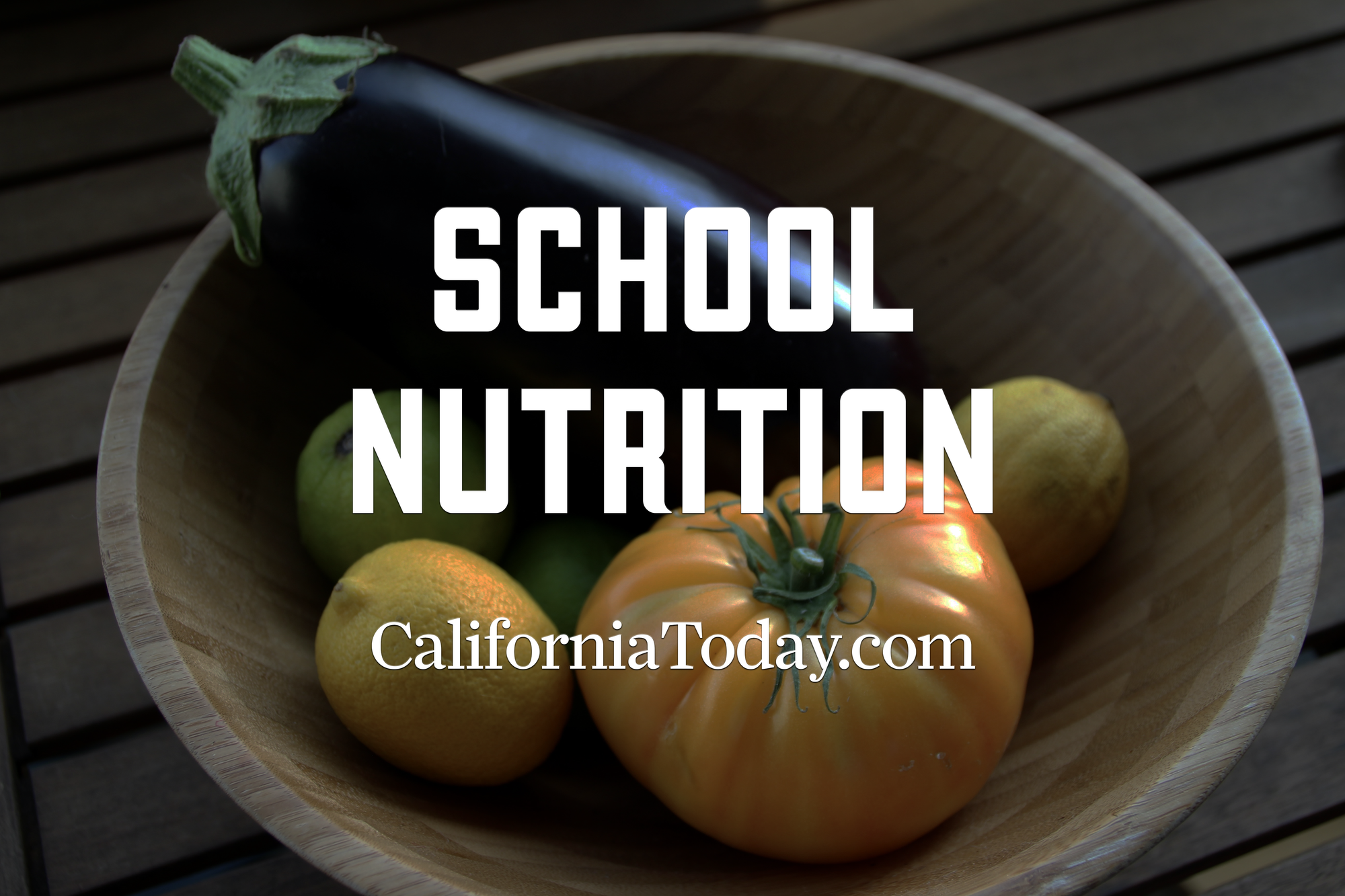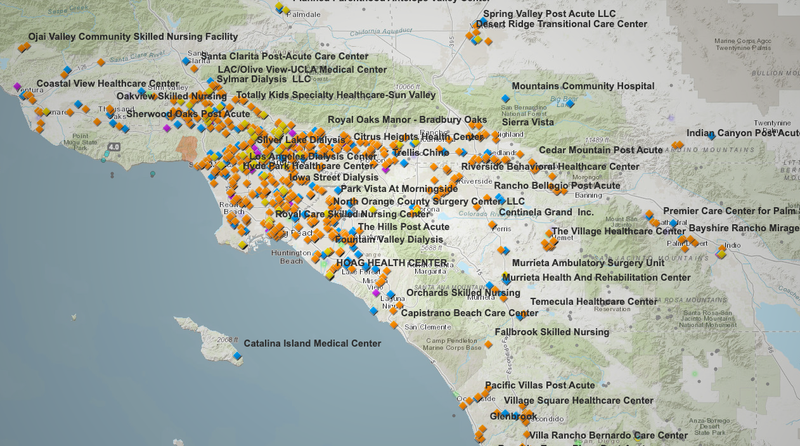Food and beverage standards at California schools: Legal guide (2025)
From free meals for every student to new food dye bans, California’s 2025 school nutrition laws raise the bar for what K–12 schools can serve on campus.

California has some of the strictest school nutrition standards in the country. In 2025, recent updates to the Education Code, the Universal Meals Program, and an executive order from Governor Gavin Newsom have further tightened rules on what schools can serve.
This guide helps parents, educators, and food service providers understand what's required—and what’s not allowed—in public K-12 schools across the state.
The information in this guide is sourced from...
- California Education Code Article 2.5, Sections 49430–49434
- CDE Universal Meals Program Guidelines
- Executive Order on Ultra-Processed Foods (Newsom, Jan 2025)
- AB 2316 (2024) and related food dye legislation
Universal Meals Program Requirements:
Starting in the 2022–23 school year,, California became the first state to implement a Universal Meals Program statewide. Under Education Code 49501.5:
- Every student in grades TK–12 must be offered two free meals per day (breakfast and lunch).
- Schools must participate in the federal National School Lunch Program (NSLP) and School Breakfast Program (SBP).
- High-poverty schools (ISP > 40%) must adopt a federal provision such as CEP or Provision 2.
- Schools receive additional state reimbursement to match the federal free meal rate for all meals served.
New Food and Ingredient Bans:
California's food regulations now exceed federal standards:
- Deep fried, par fried, or flash fried foods are prohibited.
- Artificial trans fats (including anything with partially hydrogenated oils) are banned.
- Starting December 31, 2027, the following synthetic food dyes are banned from all competitive foods:
- Blue 1
- Blue 2
- Green 3
- Red 40
- Yellow 5
- Yellow 6
- Palm oil, lard, and other solid-at-room-temp oils are also prohibited in most cases.
Daily Nutrition Standards by Grade Level:
Elementary Schools
- Snacks must be fruit, vegetable, dairy, protein, or whole grain-rich.
- < 35% of calories from fat; < 10% from saturated fat.
- < 35% of total weight from sugar.
- < 0.5g trans fat; ≤ 200mg sodium; ≤ 200 calories per item.
Middle and High Schools
- Same as above, but entrees sold outside NSLP must:
- ≤ 400 calories, ≤ 35% calories from fat, ≤ 480mg sodium.
- Same day/daily NSLP items allowed in original portion size.
Approved and Banned Beverages:
Elementary and Middle School
- Allowed: 50%+ fruit/vegetable juice, plain water, low-fat or nonfat milk (dairy or nondairy).
- No added sweeteners or caffeine.
- Max size: 8 oz (elementary); 12 oz (middle).
High School
- Adds: zero-calorie or low-calorie flavored waters and electrolyte beverages (restrictions apply).
- Still bans sodas, caffeine (except trace), and synthetic dyes (starting 12/31/27).
School Food Advertising Rules:
Schools may not advertise:
- Any food or beverage that cannot be sold during the schoolday.
- On facilities, signs, uniforms, scoreboards, buses, or materials controlled by the school.
Exemptions:
- Print/digital media not produced by school.
- Product packaging or off-campus events.
- Fundraisers held ≥30 minutes after the end of the school day.
Compliance, Certifications, and Penalties:
- Schools must annually certify compliance with nutrition laws to receive reimbursement.
- The California Department of Education monitors compliance as part of the USDA’s federal administrative review process.
- Waivers for these laws are not permitted.
Final Thoughts
California’s 2025 school nutrition policies reflect a growing commitment to public health, equity, and food transparency. By banning harmful additives, funding universal meals, and holding schools to higher nutritional standards, the state is aiming to set a new national benchmark. For families, educators, and food providers, understanding these regulations isn’t just about compliance—it’s about helping students thrive.
As more provisions roll out through 2027, staying informed will be essential. Bookmark this guide and return often as we continue to update it with key changes and implementation updates.




